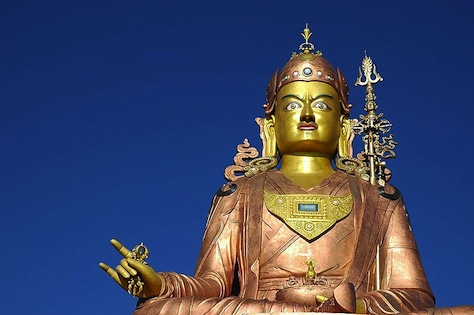After a huge third phase in which 91 constituencies of India’s election were decided on April 10, Saturday’s fourth phase of India’s general election is barely a trickle — just seven seats. ![]()
It’s the last ‘miniature’ phase of the election — the next five phases, through May 12, will determine the remaining 432 (out of 543) seats of India’s Lok Sabha (लोक सभा).
The April 12 phase coincides with elections to determine Sikkim’s legislative assembly, and it will elect Sikkim’s sole representative to the Lok Sabha.
The Sikkim Democratic Front (SDF, सिक्किम प्रजातान्त्रिक मोर्चा) dominates Sikkimese politics, and its chief minister Pawan Kumar Chamling, who has been in power since 1994, hopes to win a record fifth consecutive term in office. Though the SDF isn’t formally part of the National Democratic Alliance (NDA), it might be expected to back Narendra Modi and the Hindu nationalist Bharatiya Janata Party (the BJP, भारतीय जनता पार्टी) if it has enough strength to form a government, as widely expected.
Where are the other six constituencies?
- In Goa, another small state, notable for its pristine beach resorts and its Portuguese influence, will elect both of its representatives to the Lok Sabha. The BJP narrowly controls the state government, and the BJP and its national rival, the Indian National Congress (Congress, भारतीय राष्ट्रीय कांग्रेस) currently split Goa’s two Lok Sabha seats.
- In Assam, the largest of the ‘seven sister states’ of India’s far northeastern corner, where 14 seats are up for grabs, three constituencies will vote on Saturday. Five of its constituencies held elections in India’s first phase.
- Tripura, another northeastern state, which also elected one of its two representatives to the Lok Sabha in India’s first phase, will elect the second on Saturday.
Without offense to northeastern India, Goa or Sikkim, the fourth phase won’t determine the country’s next government.
The photo above shows a statute in the city of Namchi depicting Guru Rinpoche, the patron saint of Sikkim.


